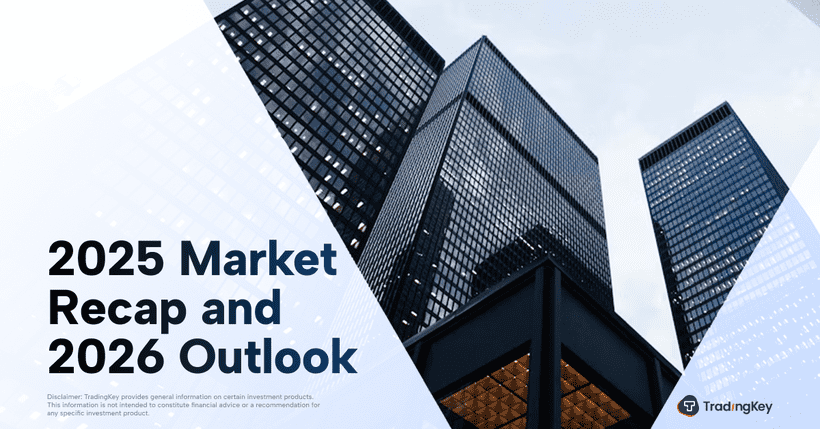Musk’s Dual-Track AI Strategy: Open-Sourcing Grok While Building an “Anti-Microsoft” Software Firm

TradingKey - On August 23 (U.S. Eastern Time), Elon Musk’s xAI officially announced the open-sourcing of its flagship model, Grok 2.5, releasing it on the Hugging Face platform — fulfilling its pledge to open-source older models upon launching new ones. The move injects a powerful new player into the global AI open-source ecosystem and marks another strategic step in Musk’s broader challenge to Big Tech dominance.

Grok 2.5 is a technically formidable model:
- With a total of 905 billion parameters,
- It supports an impressive 131,100-token context length,
- Uses a Mixture-of-Experts (MoE) architecture, and
- Delivers exceptional performance on complex tasks — making it one of the most powerful open-source large language models available today.
xAI revealed that the more advanced Grok 3 is expected to be open-sourced within six months, signaling an accelerated pace of technical iteration.
However, “open source” doesn’t mean fully open. xAI has imposed strict licensing terms:
- Use is permitted only for non-commercial purposes or by companies with annual revenue under $1 million.
- Crucially, the license prohibits using Grok to train other foundational large models.
This “anti-competitive” clause has been criticized as “custom-designed” to limit broad commercial innovation — potentially undermining the collaborative spirit of open-source AI.
But Musk’s ambitions go far beyond open-sourcing. On Friday, he publicly called for talent to join xAI in “helping build a pure AI software company called Macrohard.” The name — a clear jab at Microsoft — was first hinted at by Musk in July and formally filed as a trademark by xAI on August 1, marking a direct and public provocation. This reflects the long-standing rivalry between Musk and Bill Gates, from short-selling Tesla to disagreements over climate policy — now escalating into the AI domain.
On the commercial front, xAI is rapidly monetizing. Grok has been integrated with contextual advertising, boosting ad conversion rates on the X platform by 40%. To fuel its AI ambitions, xAI has already deployed 200,000 GPUs in Tennessee and plans to build a million-GPU-scale supercomputing center — a massive commitment to hardware infrastructure.
Looking ahead, Musk’s AI strategy reveals a dual-track approach: open-source to attract developers, while simultaneously building closed, proprietary commercial ventures like “Macrohard.” The goal is not just technological leadership, but a fundamental reshaping of the global tech power structure.
Yet whether this grand vision can be realized will depend on Musk’s ability to balance massive compute investments, top-tier talent acquisition, and real-world commercialization — all while maintaining a competitive edge in the fast-moving global AI race.







